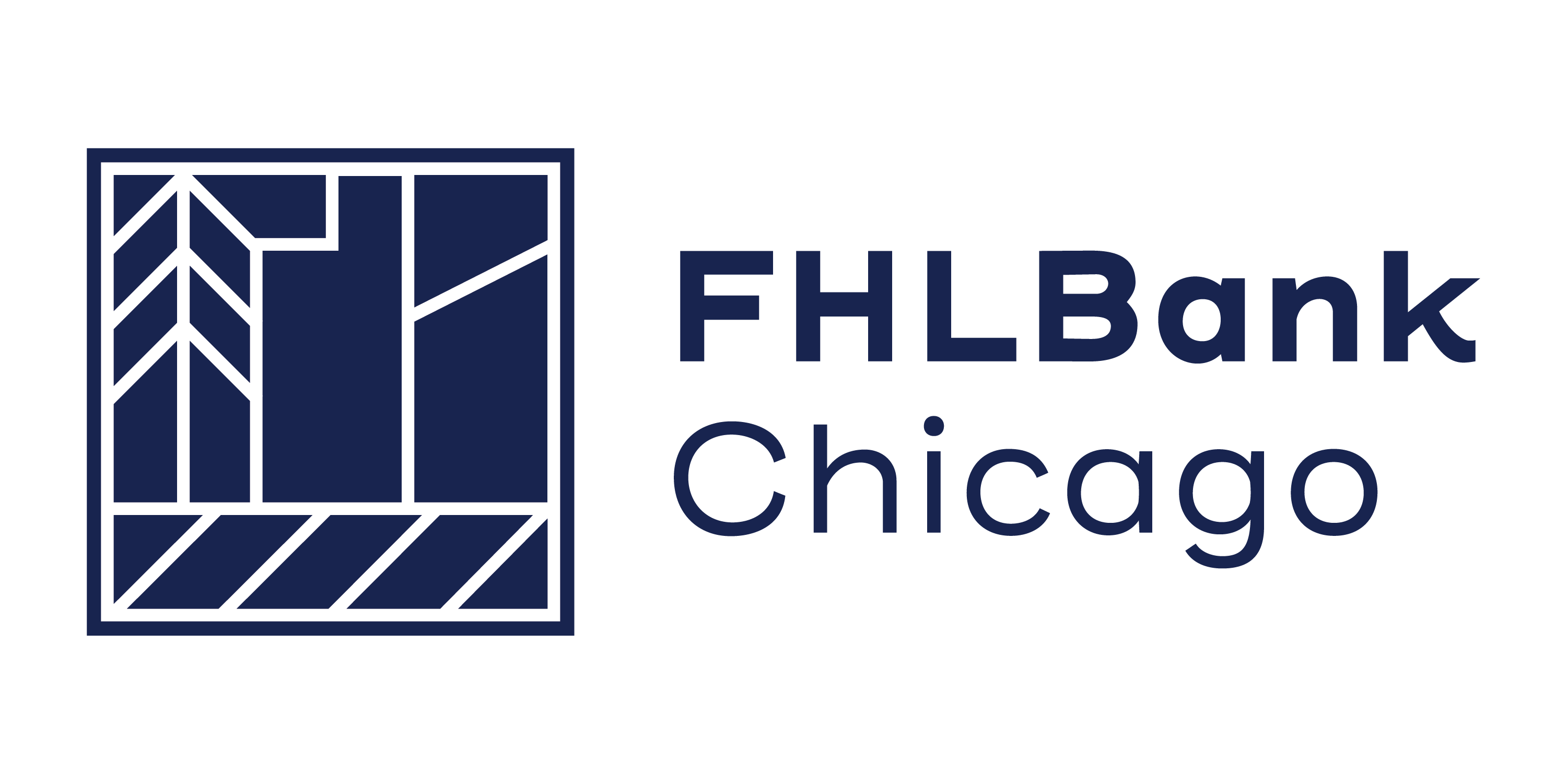Commercial Lending: Q1 2019
Overview
Commercial lending has grown considerably since the recession, with commercial property sales 11% higher in the first three quarters of 2018 than during the same period in 2017. According to the Fed H.8 report, commercial real estate (CRE) loan growth at banks slowed somewhat in 2018 (although it remained in line with other loan types), whereas commercial and industrial (C&I) loan growth surged throughout 2018, reaching double digits (see figure below).Further, U.S. commercial property prices are nearly 30% higher (see “Price Growth Since 2007 Peak” figure) than their peak prior to the Great Recession, according to the RCA Commercial Property Price Index. As much as commercial loan growth has increased, loan standards have continued to ease, with senior loan officers citing more aggressive competition from other banks or nonbank lenders as the number-one reason for easing standards on these loans in 2018. As commercial loan growth continues to accelerate into 2019, challenges remain as competition intensifies and potential future rate hikes loom, both threatening to squeeze net interest margins (NIM).
Construction-to-permanent loans may be a unique solution to the current environment of rising competition and potential rate hikes, for both you and your customers. Construction-to-permanent loans may be attractive to customers, as they secure both construction and long-term financing at once, lock in interest rates in case of market changes, and save on closing fees.Your institution may offer construction-to-permanent loans in order to become more competitive against banks and nonbank lenders and lock your borrowers in earlier and for longer.
Because construction-to-permanent loans are rising in popularity and have a unique loan structure that presents its ownchallenges for hedging appropriately, a unique and customizable solution may be required. The Federal Home Loan Bank of
Chicago offers various funding solutions to meet your needs.
Key Takeaways
- Be competitive in offering construction-to-permanent loans.
- Customize your advances in a structure that best matches your asset.
- Lock in your interest rate in a rising-rate environment.
- Protect your NIM during the entire life of the loan.
Asset Details
Consider a 1-year floating, 10-year fixed rate (and 25-year amortizing) construction-to-permanent loan. The initial floating interest rate in this example is set at the prime rate (5.5% as of January 15, 2019) plus 150 basis points for the first 12 months during the construction period. Following the construction phase, the loan converts to a permanent 10-year fixed rate loan with 25-year amortization at a rate of 5.5%.

Solution 1
Deposits + 1-Year Forward-Starting 10-Year Fixed Rate Advance
A forward-starting advance delays borrowing until a specified date while locking in a guaranteed borrowing rate for the future. Further, it may be used to manage future interest-rate risk of long-term assets without expanding the current balance sheet. A forward-starting advance is especially attractive when interest rates are very low and the yield curve has flattened significantly. A flatter yield curve reduces the extra cost of a forward-starting advance, beyond the cost of the spot-starting advance of the same term.
On top of a forward-starting advance, the below solution utilizes deposits for the construction phase of the asset. This maximizes the initial NIM with an initial spread of 566 basis points. If your institution does not want to use deposits and has a high loan-to-deposit ratio, you may consider using short-term advances in place of deposits.


Solution 2
Deposits + Laddered/Blended Forward-Starting, Fixed Rate Advances
By replacing the forward-starting advance from Solution 1 with a ladder of forward-starting advances and replacing runoff with deposits, you can better hedge spread income for the lifetime of the asset under rising and falling interest rate scenarios and improve NIM.
The below scenario uses four forward-starting advances: 60% 1-year FWD, 10-year FIX; 20% 1-year FWD, 7-year FIX; 15% 1-year FWD, 3-year FIX; and 5% 1-year FWD, 1-year FIX. By laddering advances, the 10-year average NIM in the base scenario is improved by 10 basis points. If your institution does not want to use deposits and has a high loan-to-deposit ratio, you may consider using short-term advances in place of deposits.
Solution 3
Floating-to-Fixed Rate Advance
A floating-to-fixed rate advance is a structured advance with both floating and fixed interest rate components, ideal for members looking for the flexibility and customization of a portfolio of advances, all in a single advance. This advance initially floats at a fixed spread to an index, then converts to a predetermined fixed rate for the remaining time to maturity. A floating-to-fixed rate structure maximizes NIM in the near term and hedges future NIM compression.
This advance can closely match the structure of a construction-to-permanent loan, with customization available to better meet your needs. The member chooses the initial floating period, subsequent fixed period, floating-rate index, and spread to the index. With these inputs, the FHLBank Chicago provides the fixed rate to the member at the time of execution.
Take, for example, a member who chooses a 1-year floating period at a spread of -50 basis points to prime, and a subsequent 10-year fixed period. In this example, the FHLBank Chicago provides the fixed rate of 3.34%. Because the asset amortizes, some deposits may be needed. If your institution does not want to use deposits and has a high loan-to-deposit ratio, you may consider using short-term advances in place of deposits.

Additional Features Available to Lower Funding Costs and Maximize Returns
Symmetrical Prepayment
This feature allows members to prepay an advance, and realize a gain, if interest rates rise to levels greater than when the advance was originally executed, at minimal additional cost. If interest rates fall, the advance becomes “out of the money,” and the member will have to pay a fee to prepay the advance.
Community Advance
Discounted advances are offered through the Affordable Housing Program and are currently priced approximately 6 to 11 basis points below corresponding regular advance rates. Community Advances promote and support affordable housing projects for owner-occupied and rental housing lending or economic development projects in member communities.
Reduced Capitalization Advance Program (RCAP)
This special advance program allows members to borrow new advances with an activity stock requirement of 2% for the life of the advance, versus the 4.5% requirement under the general provisions of the FHLBank Chicago’s Capital Plan.
To Learn More
To learn more about funding solutions for construction-to-permanent loans, contact your Sales Director at membership@fhlbc.com.Contributors

Ashish Tripathy
Managing Director, Member Strategy and Solutions

Jessica Nick
Associate Director, Member Strategy and Solutions
Disclaimer
The risks of using leverage strategies should be reviewed by each financial institution to ensure they do not breach any regulatory requirements and understand the characteristics of any investments and borrowings they are making before engaging in such a strategy. The scenarios in this paper were prepared without any consideration of your institution’s balance sheet composition, hedging strategies, or financial assumptions and plans, any of which may affect the relevance of these scenarios to your own analysis. The Federal Home Loan Bank of Chicago makes no representations or warranties about the accuracy or suitability of any information in this paper. This paper is not intended to constitute legal, accounting, investment, or financial advice or the rendering of legal, accounting, consulting, or other professional services of any kind. You should consult with your accountants, counsel, financial representatives, consultants, and/or other advisors regarding the extent these scenarios may be useful to you and with respect to any legal, tax, business, and/or financial matters or questions.
Federal Home Loan Bank of Chicago | Member owned. Member focused. | February 2019

